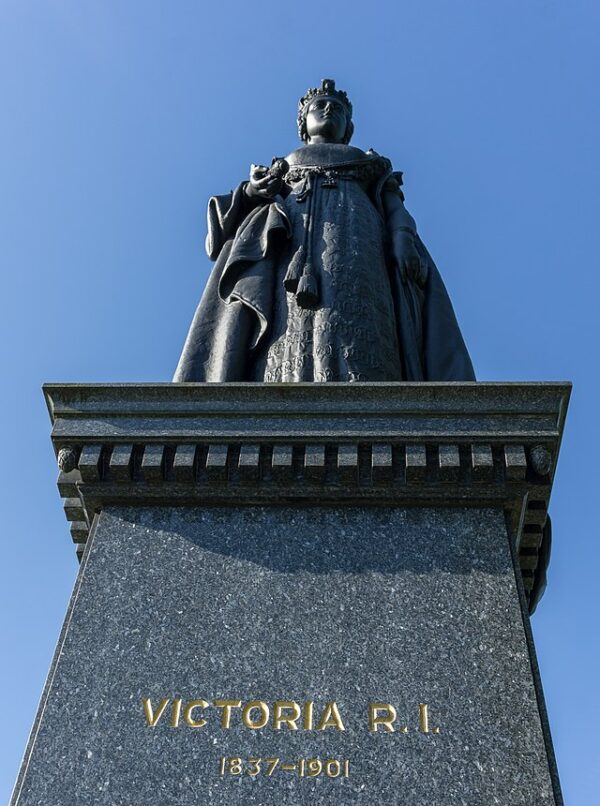On March 29, 1867, Queen Victoria gave Royal Assent to the British North America Act, a defining moment that paved the way for the birth of Canada as a self-governing dominion within the British Empire. The Act—formally titled An Act for the Union of Canada, Nova Scotia, and New Brunswick, and the Government thereof; and for Purposes connected therewith—laid the constitutional foundation for what would become the Dominion of Canada on July 1 of that year.
This landmark legislation was the result of years of political negotiation and constitutional compromise among British North American colonies. Throughout the 1860s, leaders from the Province of Canada (now Ontario and Quebec), Nova Scotia, and New Brunswick faced mounting pressures: economic instability, concerns over American expansionism following the Civil War, political deadlock in Canada East and Canada West, and the need for improved infrastructure and trade networks. These issues catalyzed a growing movement for union.
Three major conferences—held at Charlottetown (1864), Quebec (1864), and London (1866)—allowed colonial representatives to hammer out the principles of confederation. Central to their debates was the question of balancing local autonomy with national unity. The result was a federal structure inspired partly by the U.S. Constitution but firmly rooted in British parliamentary tradition. The Act created a central government while preserving provincial legislatures with jurisdiction over local matters—particularly language, religion, and education, sensitive issues for French-speaking Catholics in Quebec.
The British North America Act of 1867 (now commonly referred to as the Constitution Act, 1867) united the colonies into one dominion “under the Crown of the United Kingdom of Great Britain and Ireland, with a Constitution similar in principle to that of the United Kingdom.” The new country initially consisted of four provinces: Ontario, Quebec, Nova Scotia, and New Brunswick. Over time, the Dominion would expand to include additional provinces and territories, eventually reaching its modern form.
The Act created a bicameral Parliament, consisting of an appointed Senate and an elected House of Commons. It also established an executive authority vested in the Queen, represented in Canada by a Governor General. While the Act granted Canada substantial autonomy over domestic affairs, Britain retained control over foreign policy and constitutional amendments—a limitation that would persist until the passage of the Statute of Westminster in 1931 and, more definitively, the Constitution Act, 1982, which patriated the Canadian Constitution.
Queen Victoria’s Royal Assent on March 29, 1867, marked more than a procedural formality; it was a symbolic endorsement of a new political entity that sought to reconcile unity with diversity, British tradition with colonial innovation. Canada Day, celebrated every July 1, commemorates the enactment of this legislation and the nation’s formal founding. Yet the Act’s legacy is complex. While it was a remarkable achievement of political compromise among colonial elites, it excluded Indigenous peoples from its vision of confederation. Their treaties and rights were largely unaddressed, setting the stage for future legal and political struggles.
In retrospect, the British North America Act stands as both a culmination of 19th-century colonial politics and the beginning of a long constitutional evolution. Canada’s path to full sovereignty would take more than a century, but the events of March 29, 1867, represent the moment the idea of Canada as a united, self-governing nation moved from proposal to reality.






